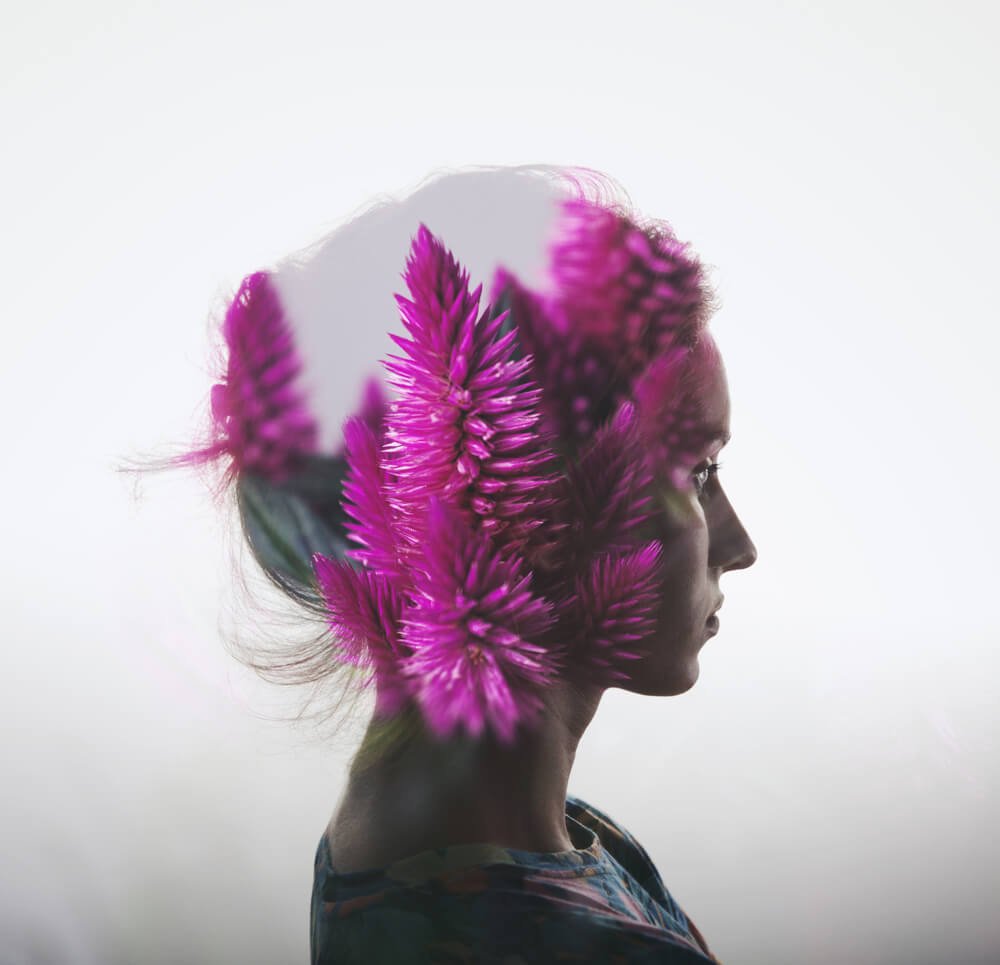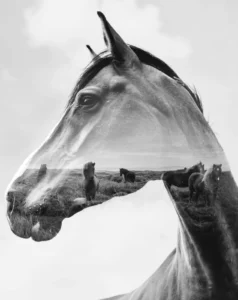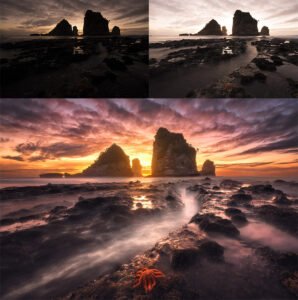Why Multiple Exposure Blending Creates Stunning Landscape Images
Landscape photography is often about capturing the grandeur of nature in its most dramatic form. From golden sunsets and glowing mountain peaks to deep shadows in forest trails, every element plays a part in telling the story of a scene. However, the human eye is capable of perceiving a much broader range of light and detail than a camera sensor can handle in a single shot. This is where multiple exposure blending comes into play. It allows photographers to combine different exposures of the same scene into one image that feels more true to life, producing landscapes that are vibrant, balanced, and breathtaking.
Understanding Multiple Exposure Blending
Multiple exposure blending is a post-processing technique that involves merging several shots of the same composition, each captured at different exposure levels. For example, a photographer might take one photo exposed for the sky, another for the mid-tones, and a third for the darker foreground. By combining these exposures, the resulting image showcases both highlight and shadow detail without looking artificial or overprocessed.
Unlike HDR (High Dynamic Range) presets that automatically merge exposures, manual blending gives the photographer full control over which areas to keep from each image. This selective approach allows for natural-looking results, maintaining contrast, texture, and atmosphere while avoiding the “flat” or “cartoonish” feel that HDR often produces.
Why Multiple Exposure Blending Elevates Landscape Photography
The main reason this technique creates stunning landscape images is its ability to replicate how we actually see a scene. Our eyes can adapt quickly to both bright skies and dark foregrounds, but cameras struggle to capture this dynamic range in one shot. Multiple exposure blending bridges that gap by ensuring no part of the frame is lost to underexposure or blown-out highlights.
When applied with care, the results are striking. Sunrises reveal all their rich color gradients, snow-capped peaks retain their texture against a glowing sky, and coastal scenes balance shimmering waters with detailed rocky shores. The technique adds realism and depth that makes a viewer feel like they are standing right there in the moment.
Another reason it’s powerful is its creative flexibility. Photographers can choose exactly how much detail to reveal or preserve, guiding the mood of the image. For instance, keeping shadows slightly darker can create a sense of mystery, while lifting details in the foreground can highlight textures that add to the overall story. This control turns landscapes into visual narratives rather than flat reproductions.
Tools and Techniques for Effective Blending
To master multiple exposure blending, photographers typically use software like Adobe Photoshop, Lightroom, or Luminar Neo. The process involves layering the different exposures and using masks or brushes to reveal specific parts of each image. Luminosity masks, in particular, have become popular because they allow for highly precise selections based on brightness levels.
The key is subtlety. Instead of trying to reveal every detail, the goal is to create balance while preserving the natural contrast that makes a scene visually engaging. Many professionals recommend working slowly, blending small areas at a time to maintain harmony between light and shadow.
Tripod use during shooting is also essential. Even the slightest shift in framing between exposures can make blending difficult. Using a remote shutter or timer ensures that multiple shots of the same scene align perfectly in post-processing.
Practical Examples in the Field
Imagine photographing a mountain range at sunrise. The sky may be glowing with pinks and oranges, but the mountain itself is still shrouded in shadow. If you expose for the sky, the mountain becomes a silhouette. If you expose for the mountain, the sky washes out completely. Multiple exposure blending solves this by merging both exposures, keeping the vibrancy of the sky while revealing the textures of the peaks.
Another example is waterfall photography in a forest. Bright sunlight streaming through trees often causes patches of blown highlights, while darker areas hide details in the rocks or foliage. By blending exposures, you can balance these extremes and create a more immersive image that captures the full atmosphere of the scene.
Conclusion
Multiple exposure blending is more than just a technical trick; it’s a creative tool that transforms how landscapes are captured and experienced. By carefully merging different exposures, photographers can overcome the limitations of camera sensors and produce images that reflect the way we naturally perceive the world. The result is stunning landscape photography that resonates emotionally with viewers, offering not just a picture, but an experience of place, light, and time.
For anyone passionate about landscapes, learning this technique is an investment in elevating both artistry and technical skill. Done thoughtfully, it ensures that every sunrise, mountain view, and coastal horizon is represented in its most awe-inspiring form.




